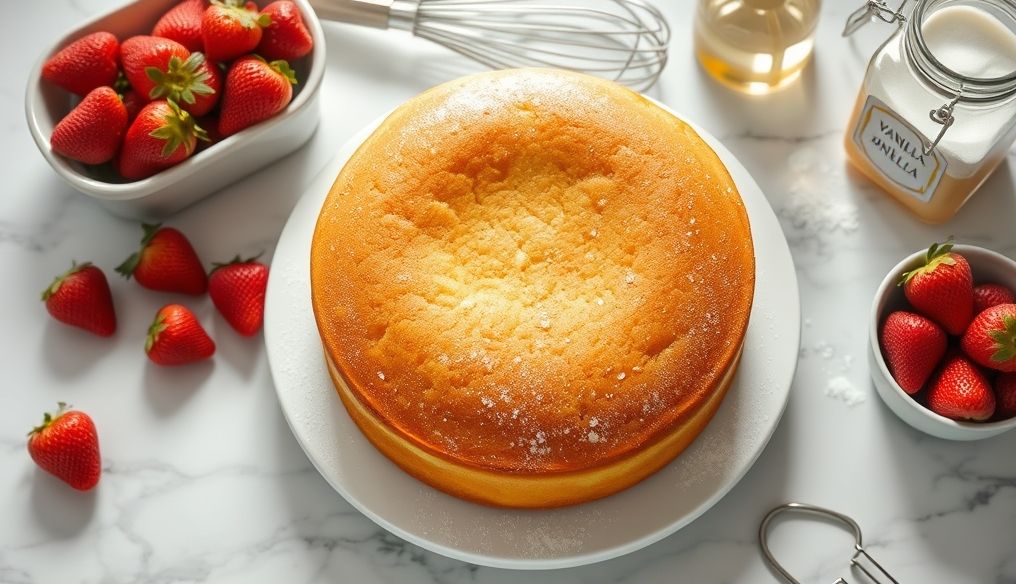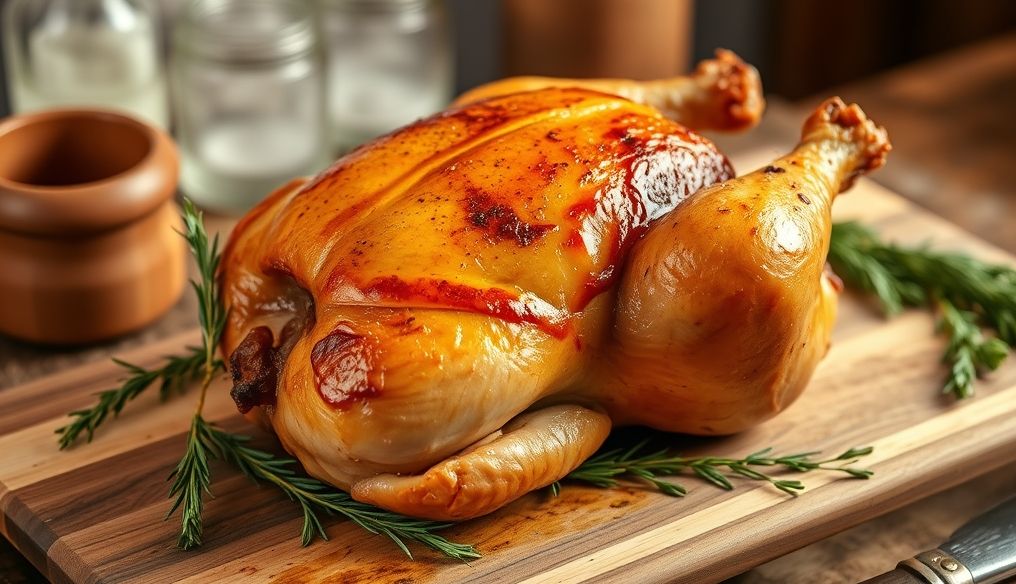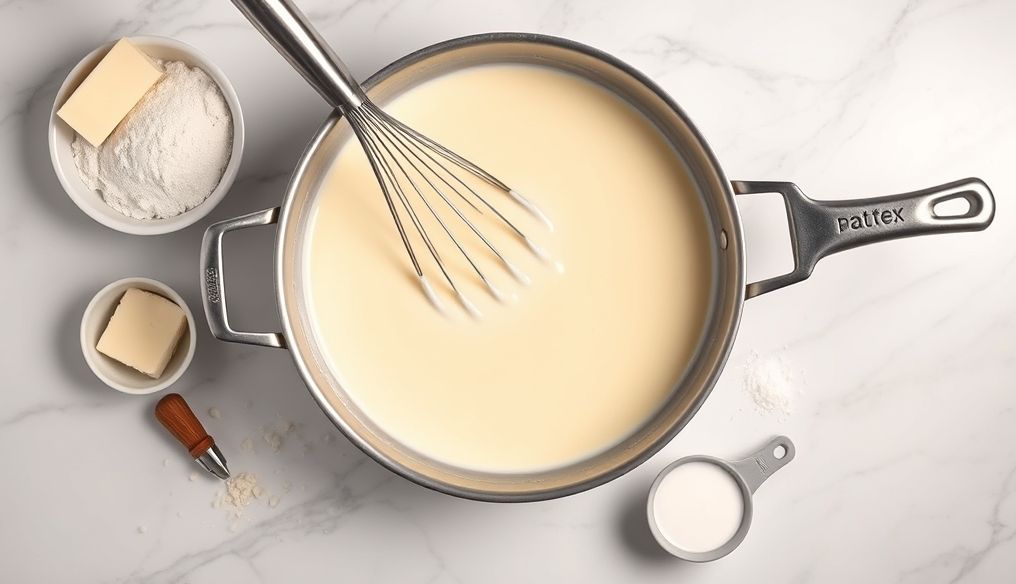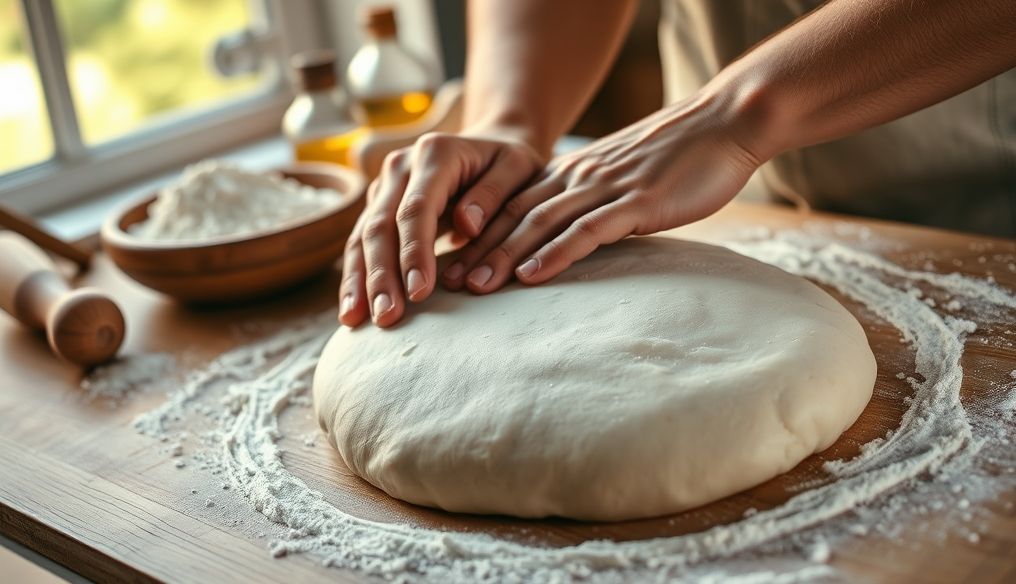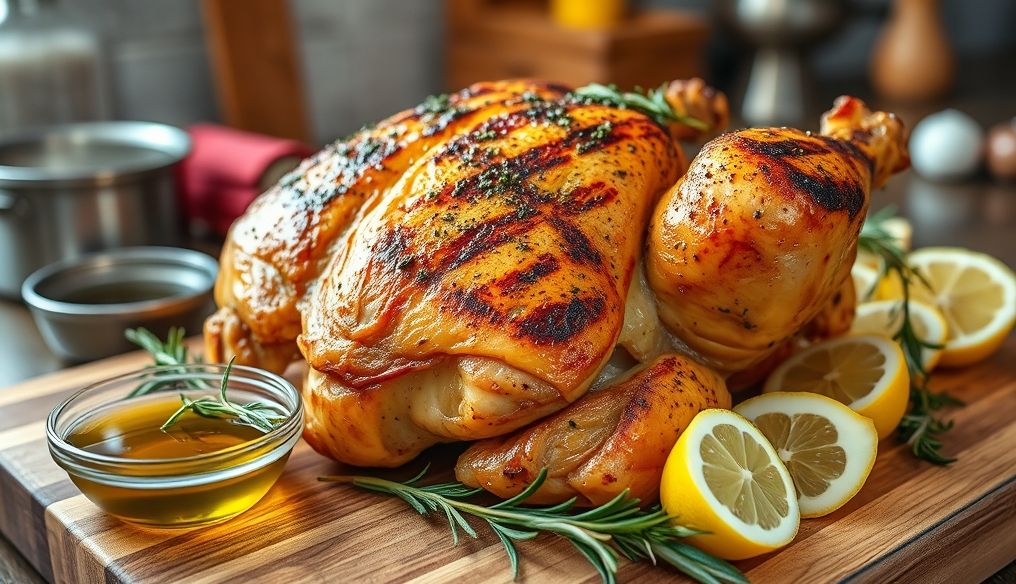Introduction: The Secret to the Perfect Sponge Cake
A light and fluffy sponge cake is the dream of every home baker. Its airy texture and perfect rise make it ideal for celebrations or as a delicious snack. However, achieving this perfect result can sometimes be a challenge. In this article, we will explore in detail all the secrets and techniques that will help you bake a light and fluffy sponge cake every time.
Chapter 1: Understanding Baking Fundamentals
1.1 The Importance of Fresh Ingredients
Fresh ingredients are the foundation of any successful cake. Be sure to use high-quality eggs, flour, and butter for the best results. Fresh eggs help achieve a lighter and higher texture, while good flour ensures a solid structure for the cake.
Tip: Use eggs at room temperature for the best volume during whipping.
1.2 Measuring Ingredients Accurately
Baking is a precise science, so it is essential to measure ingredients accurately. Use dedicated measuring cups and spoons for baking, and avoid rough estimates. A slight difference in the amount of ingredients can significantly change the texture and rise of the cake.
Statistic: According to a study by the University of California, using inaccurate measuring cups leads to the failure of 25% of baking recipes.
1.3 Understanding the Role of Each Ingredient
Each ingredient in a cake recipe plays a vital role. Flour provides structure, eggs bind the ingredients and add moisture, sugar adds sweetness and moisture, and butter or oil adds flavor and tenderness. Understanding the role of each ingredient helps you adjust the recipe to suit your preferences.
Chapter 2: Choosing the Right Flour
2.1 Different Types of Flour
There are different types of flour, each with its unique properties. Cake flour has a lower protein content, making it ideal for light and fluffy cakes. All-purpose flour can be used in a variety of recipes, but it may produce a denser cake. Bread flour has a higher protein content, making it ideal for bread that needs a strong structure.
2.2 Using Cake Flour
To get a light and fluffy sponge cake, it is preferable to use cake flour. You can also make a substitute for cake flour by mixing one cup of all-purpose flour with two tablespoons of cornstarch.
Note: Be sure to sift the flour before using it to remove any lumps and ensure a lighter texture.
Chapter 3: Whipping Eggs Correctly
3.1 The Importance of Whipping Eggs
Whipping eggs correctly is the key to getting a light and fluffy sponge cake. Whipping introduces air into the eggs, causing them to inflate and increase the volume of the cake. Use an electric mixer to whip the eggs and sugar until the mixture is light and fluffy.
3.2 Egg Whipping Techniques
There are several techniques for whipping eggs. You can whip the whole eggs with sugar, or separate the eggs and whip the whites separately, then add them to the yolks. The second method gives better results in getting a higher and fluffier cake.
Tip: Add a little vinegar or lemon juice to the egg whites before whipping to get a larger volume.
Chapter 4: Adding Liquid Ingredients
4.1 Temperature of Liquid Ingredients
Make sure the liquid ingredients, such as milk and melted butter, are at room temperature. Cold ingredients may cause the mixture to curdle and hinder the baking process.
4.2 Adding Liquid Ingredients Gradually
Add the liquid ingredients gradually to the dry mixture, whisking on low speed. This prevents the flour from flying and ensures an even distribution of ingredients.
Chapter 5: Using the Right Fats
5.1 Different Types of Fats
Butter and oil are the most common choices in baking cakes. Butter adds a rich flavor and creamy texture, while oil gives the cake extra moisture. You can use melted butter or softened butter, depending on the recipe.
5.2 Using Softened Butter
If the recipe calls for softened butter, make sure the butter is not too liquid. It should be soft enough to blend easily with the sugar, but not liquid enough to change the texture of the mixture.
Chapter 6: Correct Mixing Techniques
6.1 Over Mixing
Avoid over mixing the batter after adding the flour. Over mixing develops the gluten in the flour, resulting in a tough and non-fluffy cake. Whisk only until the flour is completely blended.
6.2 Manual Mixing
After adding the flour, you can use a spoon or spatula to mix the batter manually. This helps avoid over mixing and ensures an even distribution of ingredients.
Chapter 7: Preparing the Pan and Baking
7.1 Preparing the Pan
Grease the pan with butter or oil and sprinkle it with flour to prevent the cake from sticking. You can also use baking paper to line the bottom.
7.2 Oven Temperature
Make sure the oven is preheated to the temperature specified in the recipe. The correct temperature is essential for baking the cake evenly.
7.3 Baking Time
Baking time varies depending on the size of the pan and the type of cake. Check the cake after the time specified in the recipe using a toothpick. If the toothpick comes out clean, the cake is ready.
Chapter 8: Cooling and Decorating the Cake
8.1 Cooling the Cake
Let the cake cool in the pan for 10-15 minutes before turning it over on a cooling rack. This prevents the cake from crumbling while removing it from the pan.
8.2 Decorating the Cake
After the cake has cooled completely, you can decorate it with cream, chocolate, or fruit. Enjoy your creativity and create a unique design.
Chapter 9: Additional Tips for a Perfect Sponge Cake
- Use an oven thermometer to make sure the temperature is accurate.
- Do not open the oven door while baking, as this may cause the cake to collapse.
- If the cake is browning too quickly, cover it with aluminum foil.
- Try adding a teaspoon of white vinegar to the mixture for a fluffier cake.
- Don't be afraid to try new recipes and adjust them to suit your taste.
Conclusion
Baking a light and fluffy sponge cake takes some practice and patience, but the results are worth the effort. By following these tips and techniques, you will be able to bake a perfect cake every time. Enjoy the process and share your creations with family and friends!
